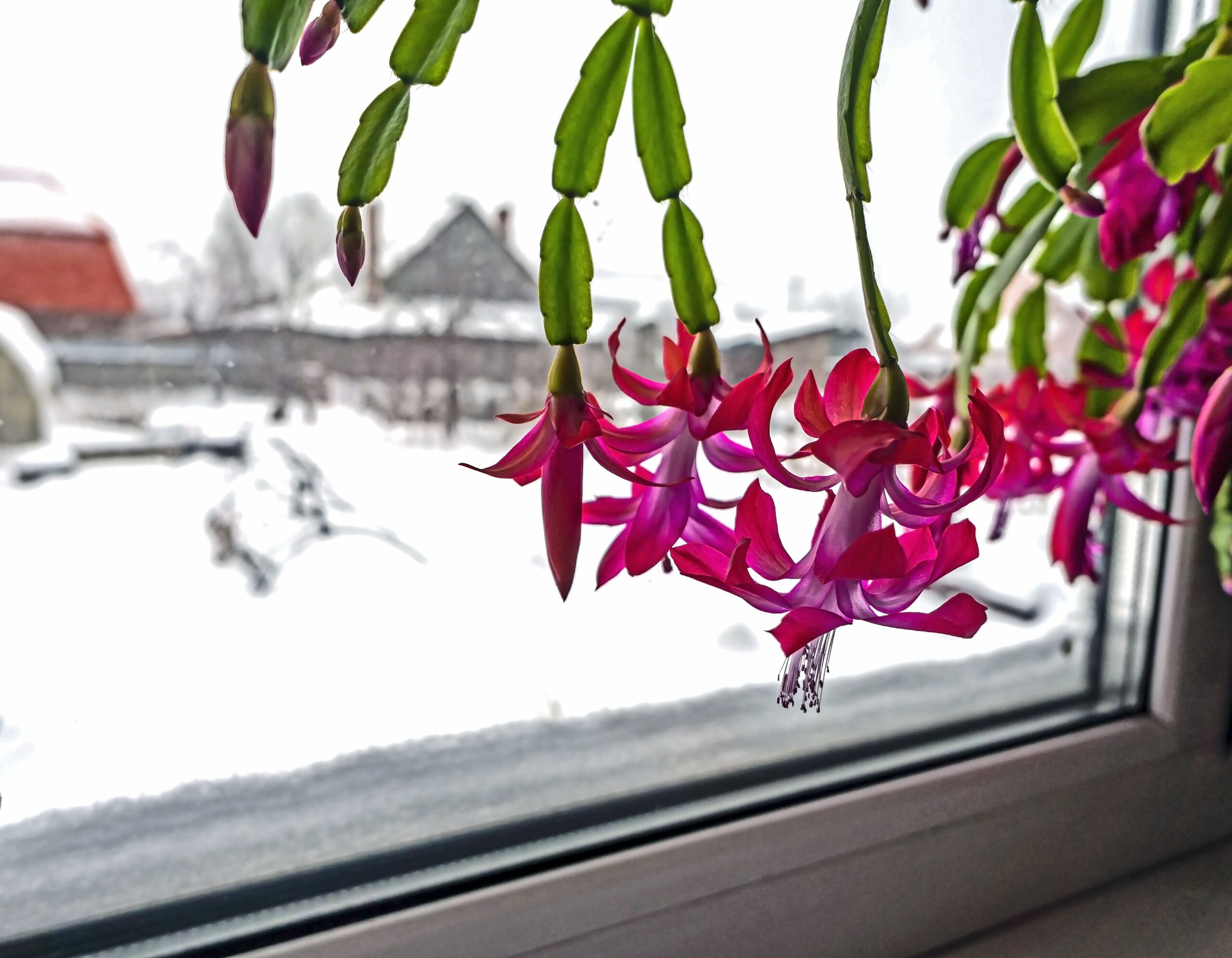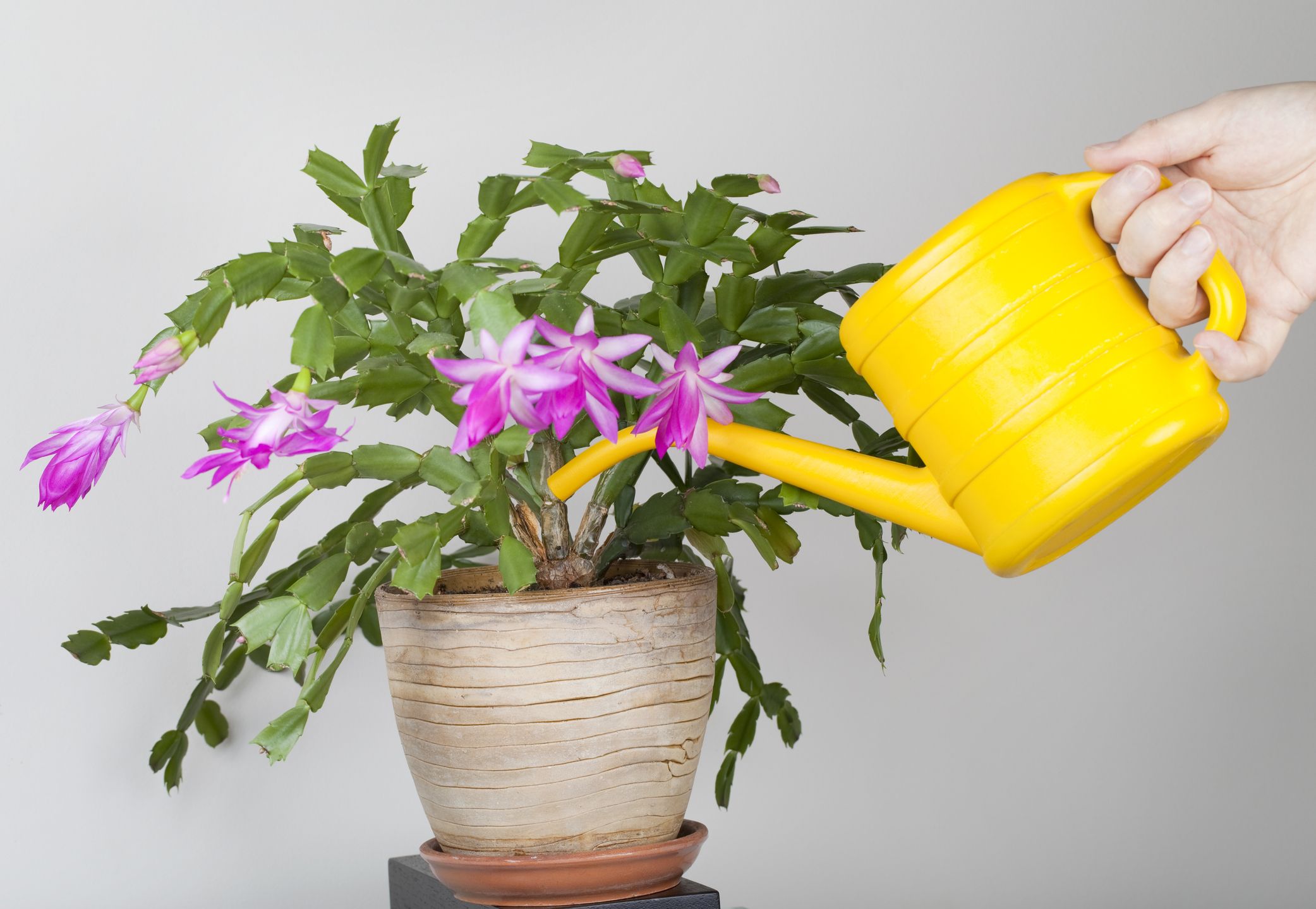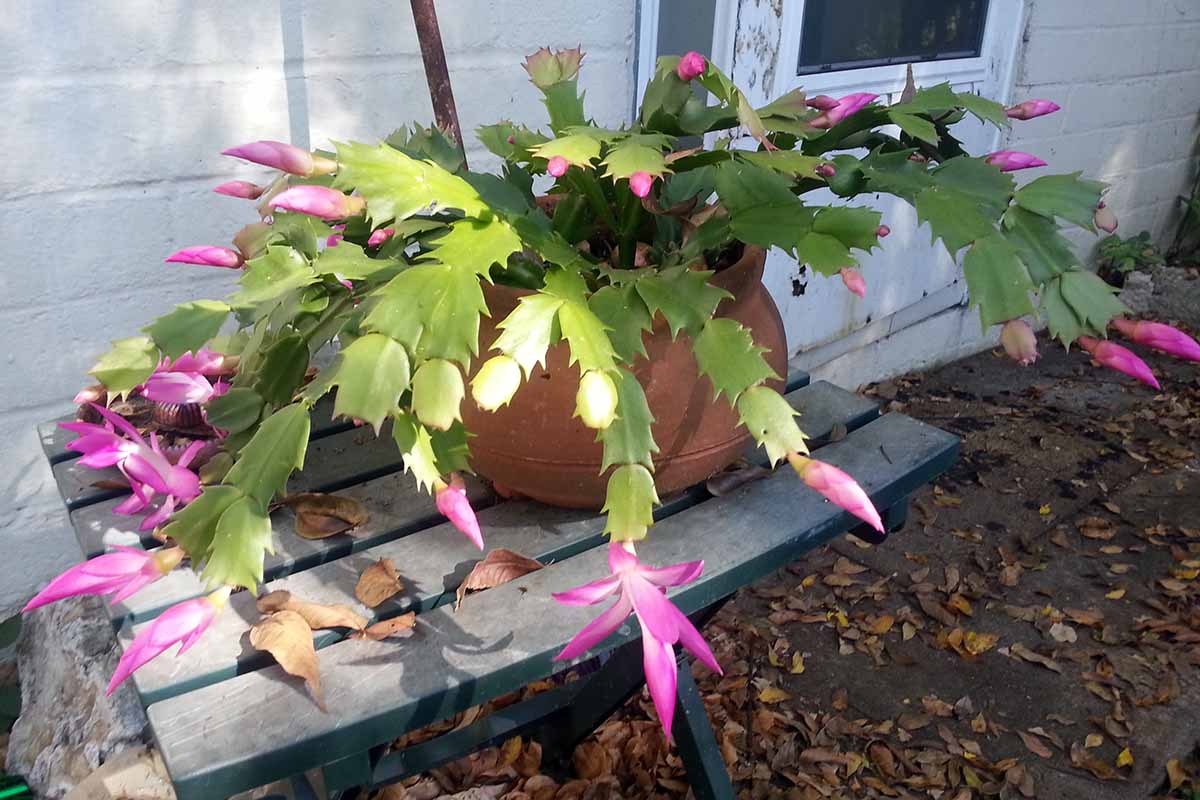Contents
Christmas Cactus Care in Winter
Christmas cacti are known for their vibrant, colorful blooms that appear just in time for the holiday season. However, to ensure that your Christmas cactus stays healthy and blossoms during the winter months, it’s essential to provide the right care. Winter is a critical time for these plants because they go through specific stages of growth, dormancy, and blooming. In this guide, we’ll dive deep into Christmas cactus care in winter, covering everything from watering to light, temperature, and how to encourage blooming.
Understanding the Christmas Cactus
Before we explore Christmas cactus care in winter, it’s helpful to understand a bit about the plant’s background. The Christmas cactus is an epiphytic plant that originates from the tropical rainforests of Brazil. Unlike typical desert cacti, the Christmas cactus thrives in humid, shaded conditions, growing in the crevices of tree branches where moisture is plentiful.
Given its natural environment, Christmas cacti prefer cool temperatures, indirect light, and slightly moist soil, which are crucial elements in their care, especially during winter. Let’s explore how to maintain these conditions during the colder months.
Christmas Cactus Care in Winter: Key Considerations
Winter is a delicate period for Christmas cacti, as this is when they either enter dormancy or begin to develop buds for blooming. Here’s how to provide optimal care to ensure your plant remains healthy and vibrant throughout the winter months.
1. Watering in Winter
One of the most important aspects of Christmas cactus care in winter is adjusting your watering routine. During the plant’s dormancy phase in late fall and early winter, the Christmas cactus needs significantly less water compared to its growing season.
Watering Guidelines for Winter:
- Reduce watering frequency: In winter, especially after blooming, water your Christmas cactus sparingly. The plant enters a resting phase and doesn’t require as much moisture. Water the cactus only when the top 1-2 inches of soil feels dry to the touch.
- Water thoroughly, but avoid standing water: When you do water, ensure the water drains out from the bottom of the pot. Christmas cacti are susceptible to root rot, especially in the cooler months, so be cautious not to leave the plant in standing water.
- Monitor humidity: Christmas cacti thrive in humid conditions, so if the air in your home becomes dry due to heating, consider placing a tray with water and pebbles near the plant to increase humidity levels. You can also mist the plant lightly to mimic its native environment.
2. Light Requirements
Providing the correct amount of light is crucial for Christmas cactus care in winter. While these plants are used to growing in shaded conditions, they still need sufficient light to bloom.
Light Recommendations for Winter:
- Bright, indirect light: Place your Christmas cactus in a location that receives bright but indirect sunlight. An east-facing window is ideal, as it provides morning light without exposing the plant to the harsher rays of the afternoon sun.
- Avoid direct sunlight: Too much direct sunlight can scorch the plant’s leaves, especially during the winter when the air is drier. Filtered or diffused light is best for maintaining healthy foliage and encouraging bud development.
- Artificial lighting: If your home lacks adequate natural light during the winter months, you can use a grow light to supplement the plant’s needs. Just be sure to position the grow light a few feet away from the plant to avoid overexposure.
3. Temperature Control
Temperature is a critical factor in Christmas cactus care in winter. The plant thrives in cool temperatures, and maintaining the right climate during winter can help promote blooming.
Ideal Temperature for Winter:
- Daytime temperatures: Aim to keep your Christmas cactus in a room where the temperature stays between 60-70°F (16-21°C) during the day.
- Nighttime temperatures: During the night, cooler temperatures of around 50-55°F (10-13°C) are ideal. This slight drop in temperature helps stimulate bud formation and is key to encouraging the plant to bloom.
- Avoid temperature extremes: Keep your Christmas cactus away from drafts, heaters, or fireplaces, as sudden temperature fluctuations can cause the buds to drop before they bloom. Additionally, avoid placing the plant near windows that experience cold drafts during the winter.
4. Encouraging Blooms
One of the most exciting aspects of Christmas cactus care in winter is encouraging the plant to bloom. With the right care, you can enjoy stunning flowers around the holiday season. However, getting the plant to bloom requires some specific steps.
Steps to Encourage Christmas Cactus Blooms:
- Cool temperatures and darkness: To encourage bloom formation, provide your Christmas cactus with a period of cooler temperatures (50-55°F) for about six weeks starting in late fall. During this time, reduce watering and ensure the plant gets 12-14 hours of darkness each night. This darkness period mimics the plant’s natural blooming cycle and triggers bud development.
- Maintain consistent conditions: Once the buds begin to form, avoid moving the plant or drastically changing its environment. Sudden changes in light, temperature, or watering can cause the buds to drop prematurely.
5. Pruning and Fertilizing in Winter
Pruning and fertilizing are not usually necessary during the winter months, as the plant is either dormant or blooming. However, a little maintenance can go a long way in ensuring the long-term health of your Christmas cactus.
Pruning Guidelines:
- After the Christmas cactus finishes blooming, you can prune it to encourage a fuller shape. Use sterilized scissors or pruning shears to trim back any leggy or overgrown stems. Pruning also helps direct energy towards healthy growth in the spring.
Fertilizing Guidelines:
- Hold off on fertilizer: Christmas cacti do not need fertilizer during winter. It’s best to stop fertilizing in the fall when the plant enters dormancy and resumes fertilization in the spring when new growth begins.
- Use a balanced fertilizer: When it’s time to fertilize, use a balanced houseplant fertilizer diluted to half-strength. This helps promote healthy foliage and future blooms.
6. Repotting in Winter
Repotting your Christmas cactus during the winter months is not recommended, as the plant is in its resting or blooming phase. The best time to repot is in the spring, after the blooming period has ended and the plant begins its active growth phase. If the plant becomes root-bound, repotting can help it thrive in the following year.
Common Problems with Christmas Cactus Care in Winter
Despite your best efforts, issues may arise while caring for your Christmas cactus in winter. Here are a few common problems and how to address them:
Bud Drop: If the buds fall off before blooming, it may be due to sudden changes in temperature, watering, or light. Ensure consistent care and avoid moving the plant once buds form.
Yellowing Leaves: Yellow leaves can be a sign of overwatering or exposure to direct sunlight. Adjust your watering schedule and move the plant to a location with indirect light.
Root Rot: Root rot occurs when the plant is overwatered or left in standing water. To prevent this, ensure proper drainage and only water when the soil is dry to the touch.
FAQ: Christmas Cactus Care in Winter
1. How often should I water my Christmas cactus in winter?
Water your Christmas cactus sparingly in winter. Typically, you should water only when the top 1-2 inches of soil feel dry. This may be every 3-4 weeks, depending on the humidity in your home.
2. What temperature is best for Christmas cacti during winter?
Christmas cacti prefer daytime temperatures between 60-70°F (16-21°C) and nighttime temperatures around 50-55°F (10-13°C) during winter. These cooler conditions help promote blooming.
3. How do I encourage my Christmas cactus to bloom in winter?
To encourage blooming, provide your plant with cooler temperatures (50-55°F) and 12-14 hours of darkness each night for about six weeks leading up to the holiday season. Reduce watering during this period and maintain consistent conditions once buds appear.
4. Can I keep my Christmas cactus near a window in winter?
Yes, but make sure the plant is not exposed to direct sunlight or cold drafts from the window. An east-facing window with indirect light is ideal during the winter months.
5. Should I fertilize my Christmas cactus in winter?
No, it’s best to avoid fertilizing your Christmas cactus during winter. Resume fertilizing in the spring when new growth begins.
By following these Christmas cactus care in winter tips, you can enjoy a healthy, vibrant plant that produces beautiful blooms year after year. Proper care during the colder months is crucial to ensuring your Christmas cactus thrives through the season and into the next.


